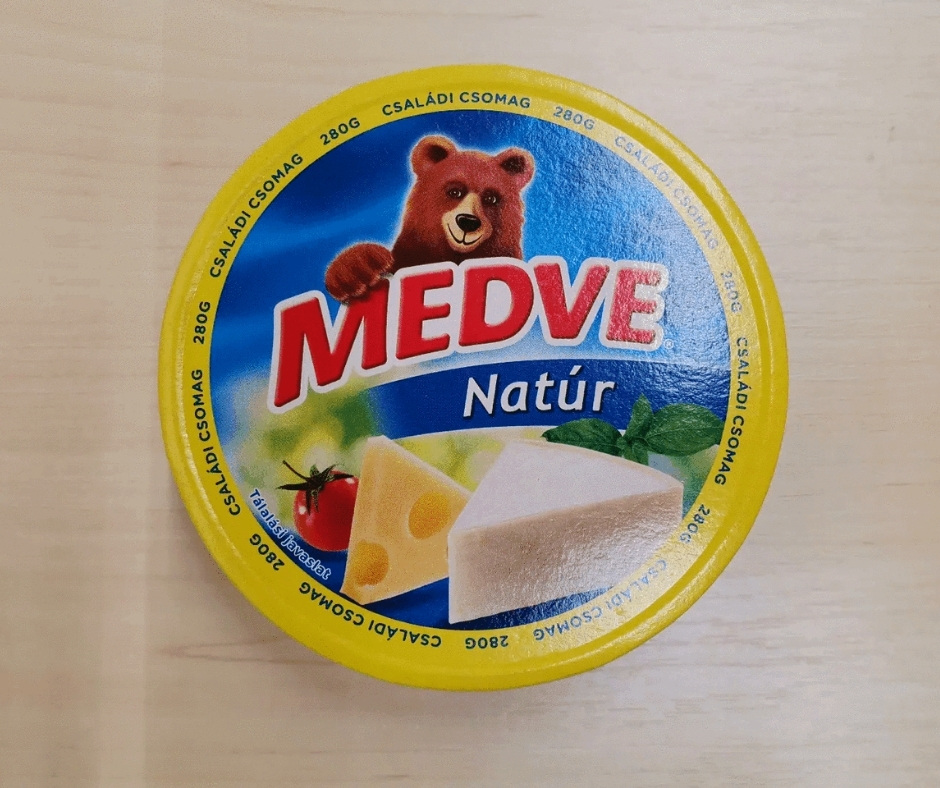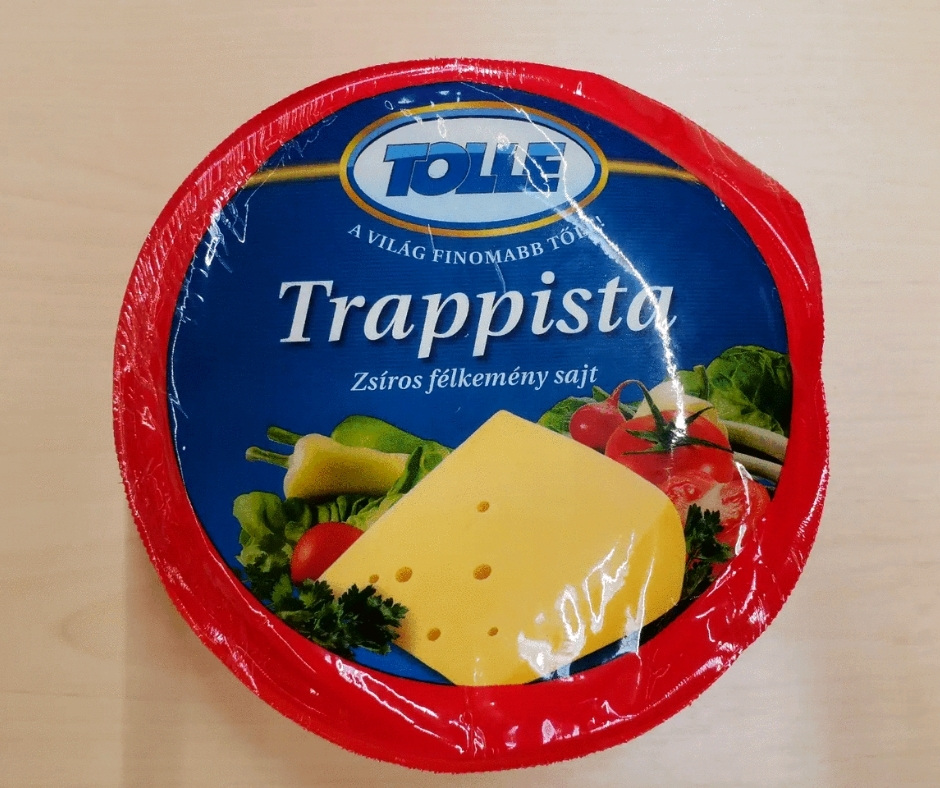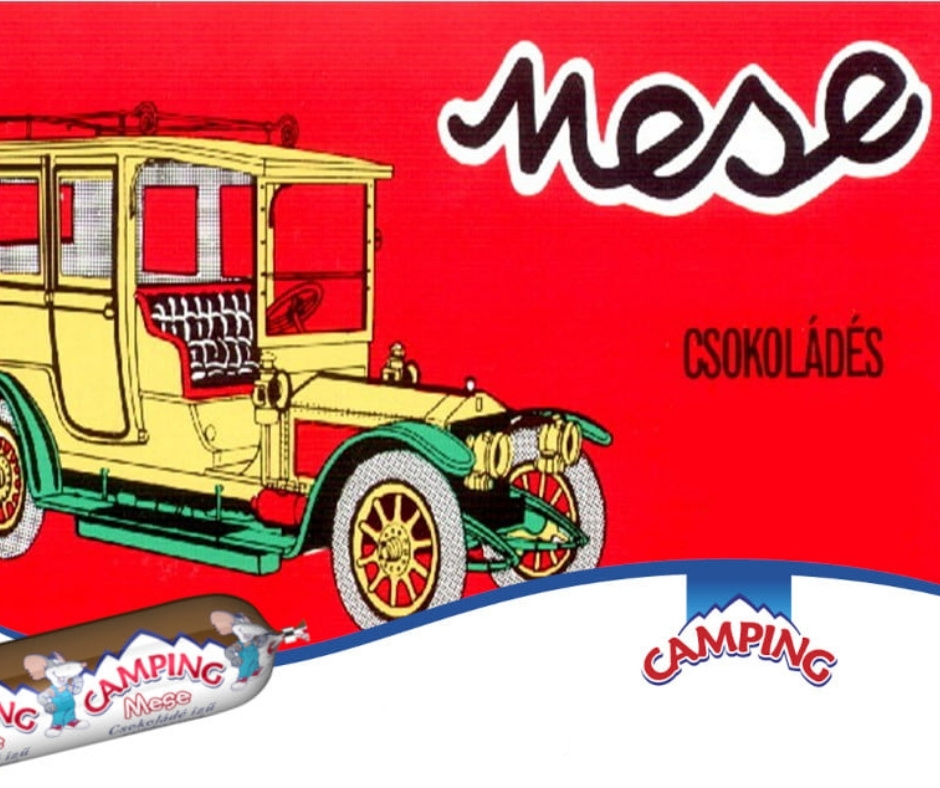The history behind the TOP 3 Hungarian cheese

It is hard to deny that all of us long for this ooey-gooey melty comfort food, at least 7 days a week. It is the reason why we wake up in the morning, break our diets, or fall out with our loved ones or roommates when our favorite yellow stuff mysteriously disappears overnight from the fridge. As every country, Hungary also boasts with some national culinary treasures that accompanied cheese-lovers from the old times till the present days. Come with us on a journey to discover the real story behind the top 3 legendary Hungarian cheese!
Medve cheese
The nation’s all-time favorite Medve cheese is one of the simple joys of everyday life for people living in Hungary. The bear, which the cheese was named after, greets you with its furry paw like an old friend whenever you stop by the dairy section in the supermarket.
Unboxing those creamy little cubes has put a happy smile on every Hungarian child’s face for almost a century. However, it might come to you as a surprise that Medve cheese originally came from Switzerland.
A skilled cheese manufacturer Frigyes Stauffer brought his culinary invention to Hungary in 1925, and it quickly became everyone’s go-to guilty pleasure.
Several theories have been born on the origin of the signature bear image. It might be puzzling to find any connection between a predominantly herbivore bear and this happiness-inducing fatty treasure. The most likely explanation though is that Stauffer had simply chosen the heraldic animal that was portrayed on the blazon of his canton, Bern. Boom, mystery solved!
Medve cheese enjoyed a wide popularity over the decades and served many different purposes. In the ’30s, women magazines recommended their readers to munch on some tasty bites to keep the extra pounds away. The tiny cubes also served as ornaments when some creative mind came up with the idea to hang them on Christmas trees. In the 1940s, fishermen swore by this yummy cheese as an excellent bait for the hake.
See? This superb Hungarian cheese has always got your back whenever you need it!

Trappista
Did you know that the mouthwatering trappista is a fraud? The first sample of this semi-soft wonder was made by Hungarian cheese makers with the vision to recreate the French Port Salut cheese which was the trappist monks’ favorite innocent indulgence. There was only a tiny negligible issue, they did not have the recipe! Now, it was in God’s hand whether it was going to end up as a disaster or not.
The cheese actually came out better than edible and the manufacturers were quick to polish off even the last crumbs. At this point, we could end the tale with a motivational quote like: you just have to get off the beaten track in order to create something unique. However, it was more of the romanticized version of the actual story.
The reality is that Hungarians’ darling copycat cheese is in fact the result of the socialist bulk production.
The economy aimed to make the most of the available resources and raw ingredients. It was absolutely out of question to use high quality whole-fat dairy for cheese production as milk was needed elsewhere: in kindergartens, schools, office canteens. Hence, manufacturers came up with the idea to mix the creamed fat with the by-products that remained after milk production. Et voilà! Hungary could finally brag about its own faux trappista cheese! It looked and tasted nothing like the real stuff that is matured for weeks and has holes in it. Yet, people still felt very proud of this national treasure.

Mese Cheese
If Philadelphia’s chocolate-y cheese met Mese cheese in a boxing ring, its senior Hungarian counterpart would most certainly say “hold my beer and watch this”. We have no valid proof to state that the US brand has copied our beloved Hungarian cheese. However, Philadelphia’s spread doesn’t seem such a novelty anymore in this light.
There are no traces of the origin of this Hungarian delicacy; there are only theories that remained. Some believe that a piece of chocolate must have accidentally fallen into the dairy cauldron that was how Mese cheese was born.
If you asked customers back in the ’60s, everyone had a solid opinion about the taste. They either loved it or absolutely hated it.
Most of the people from the older generation still cherish nostalgic memories about this culinary classic. Little boys used to be particularly fond of it as the packaging showed images of old-school automobiles. The target audience of this socialist innovation was meant to be children anyway. The government’s agenda was to promote dairy items as they were considered a healthy and vital part of the food pyramid back then. Manufacturers cleverly fused chocolate with cheese to make the new product attractive for youngsters. And the trick had worked!
Unfortunately, when the regime changed in 1990, Mese cheese did not survive the new era. Demand had shifted and customers began to favour other brands. However, the good news is that Mese cheese has gotten rebranded a couple of years ago. It is available again under the name Camping cheese in certain supermarkets around the country.
The story of Mese cheese is another good example of how food can create sweet ever-lasting memories!

Source: Daily News Hungary






In English we have a saying , ‘its as different as chalk and cheese’ meaning the complete opposite.
This is not true when eating Trapista. Ghastly stuff!
Als Ur-ur-Enkel von den Gründern der Käsefabrik in Répcelak ist es mir ein Anliegen allen Ungaren mitzuteilen, dass die Sowjets 1956 unsere Familie verjagt, verfolgt und die Fabrik verstaatlicht hatte! Nach dem Niedergang der Sowjetunion hatte der ungarische Staat die Besitztümer dann für geschätzte 800Mio US$ an den jetzigen französischen Besitzerkonzern verkauft … eine sehr traurige Geschichte!